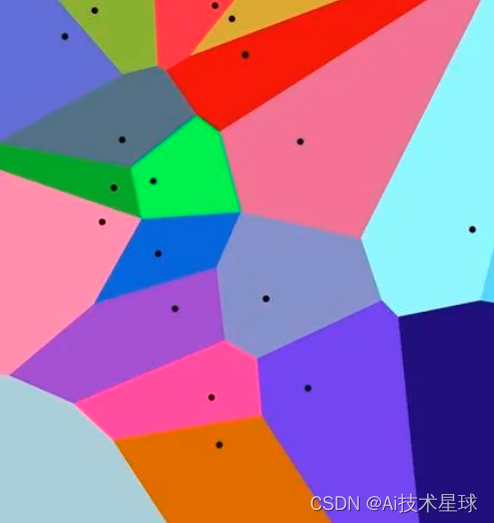在OpenCV中,相机标定和姿态估计是计算机视觉中重要的任务,用于确定相机的内部参数(相机矩阵、畸变系数等)以及估计相机的位置和姿态。下面是实现相机标定和姿态估计的基本步骤:



-
相机标定:
a. 准备标定板:使用棋盘格或其他已知尺寸的标定板,在不同位置和角度下拍摄多张图像。标定板上的角点应该可以被准确检测到。
b. 检测角点:在每张图像中使用OpenCV提供的角点检测函数,例如
cv2.findChessboardCorners()来检测标定板上的角点。c. 标定相机:利用检测到的角点坐标,使用
cv2.calibrateCamera()函数来计算相机的内部参数(相机矩阵、畸变系数等)。 -
相机姿态估计:
a. 准备目标点:在场景中选择已知的三维目标点,例如在地面上放置一个棋盘格。
b. 检测目标点:使用OpenCV提供的目标点检测函数,例如
cv2.findChessboardCorners()来检测场景中的目标点。c. 估计相机姿态:利用检测到的目标点和相机的内部参数,使用
cv2.solvePnP()函数来估计相机的位置和姿态。 -
感谢大家对文章的喜欢,欢迎关注威
❤公众号【AI技术星球】回复(123)
白嫖配套资料+60G入门进阶AI资源包+技术问题答疑+完整版视频
内含:深度学习神经网络+CV计算机视觉学习(两大框架pytorch/tensorflow+源码课件笔记)+NLP等
下面是一个简单的代码示例,演示如何在OpenCV中实现相机标定和姿态估计:
import cv2
import numpy as np
# 相机标定
def camera_calibration(images, pattern_size):
# 准备标定板上的角点
obj_points = []
img_points = []
objp = np.zeros((pattern_size[0] * pattern_size[1], 3), np.float32)
objp[:, :2] = np.mgrid[0:pattern_size[0], 0:pattern_size[1]].T.reshape(-1, 2)
for img in images:
gray = cv2.cvtColor(img, cv2.COLOR_BGR2GRAY)
# 检测标定板上的角点
ret, corners = cv2.findChessboardCorners(gray, pattern_size, None)
if ret:
obj_points.append(objp)
img_points.append(corners)
# 标定相机
ret, camera_matrix, distortion_coefficients, _, _ = cv2.calibrateCamera(obj_points, img_points, gray.shape[::-1], None, None)
return camera_matrix, distortion_coefficients
# 相机姿态估计
def camera_pose_estimation(camera_matrix, distortion_coefficients, pattern_size, image):
gray = cv2.cvtColor(image, cv2.COLOR_BGR2GRAY)
# 检测目标点
ret, corners = cv2.findChessboardCorners(gray, pattern_size, None)
if ret:
# 估计相机姿态
_, rotation_vector, translation_vector = cv2.solvePnP(objp, corners, camera_matrix, distortion_coefficients)
# 将旋转向量转换为旋转矩阵
rotation_matrix, _ = cv2.Rodrigues(rotation_vector)
return rotation_matrix, translation_vector
return None
# 示例
images = [cv2.imread(f'calibration_images/{i}.jpg') for i in range(1, 11)]
pattern_size = (9, 6)
# 相机标定
camera_matrix, distortion_coefficients = camera_calibration(images, pattern_size)
# 估计相机姿态
image = cv2.imread('test_image.jpg')
rotation_matrix, translation_vector = camera_pose_estimation(camera_matrix, distortion_coefficients, pattern_size, image)
在实际应用中,相机标定和姿态估计的准确性和性能取决于所选择的标定板和目标点、标定图像的质量,以及相机的特性等因素。可以根据具体的应用需求选择合适的标定板和目标点,从而实现高质量的相机标定和姿态估计。